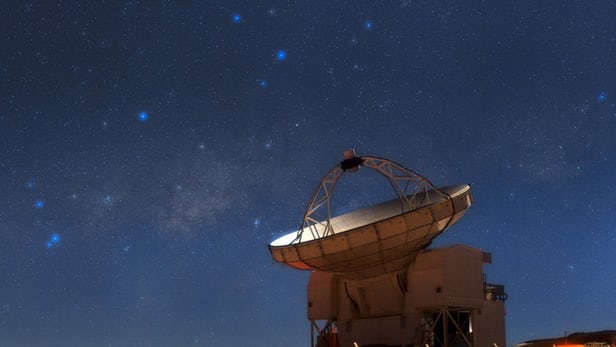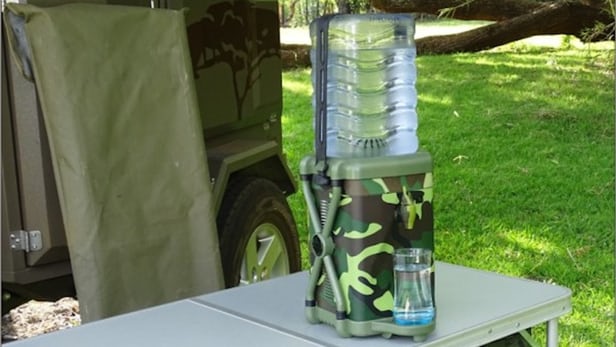Water shortages, unreliable water supplies and poor water quality are major obstacles to sustainable development. Millions of children die each year due to water shortages or exposure to water-related diseases. And the UN predicts that by 2025, more than one third of the world’s population — over 3.5 billion people — will face severe water shortages.
Nanotechnology can help alleviate these problems by offering new techniques and equipment for conducting water research as well as new purification methods.
While some nanotech water treatments are being developed in Europe, Japan and the United States — researchers at US-based Rice University have, for example, created a nano-based product to remove arsenic from water supplies (see ‘Nanotechnology for clean water: Facts and figures’) — developing countries too are investing in research to harness nanotechnology for clean water. Read more






